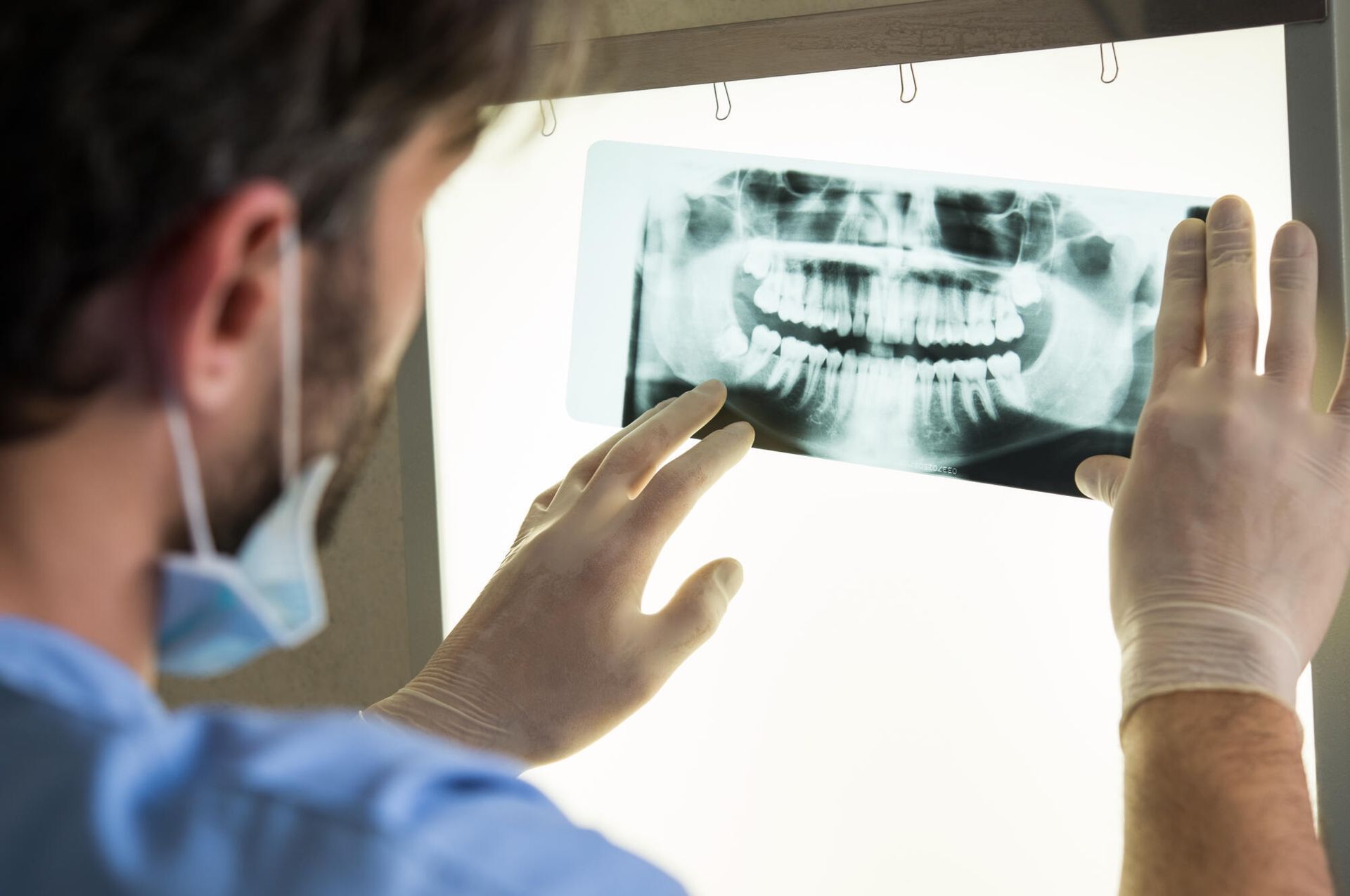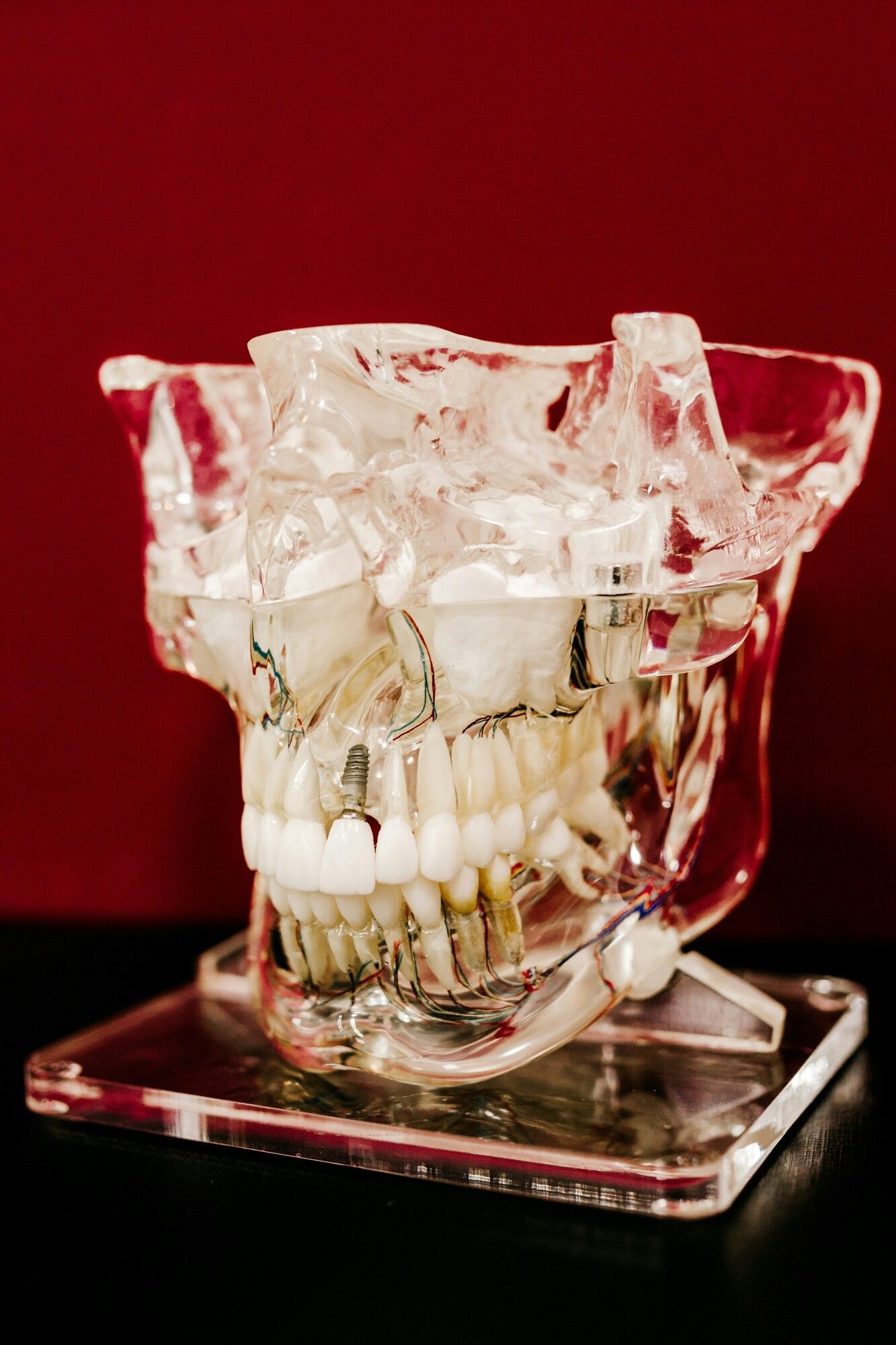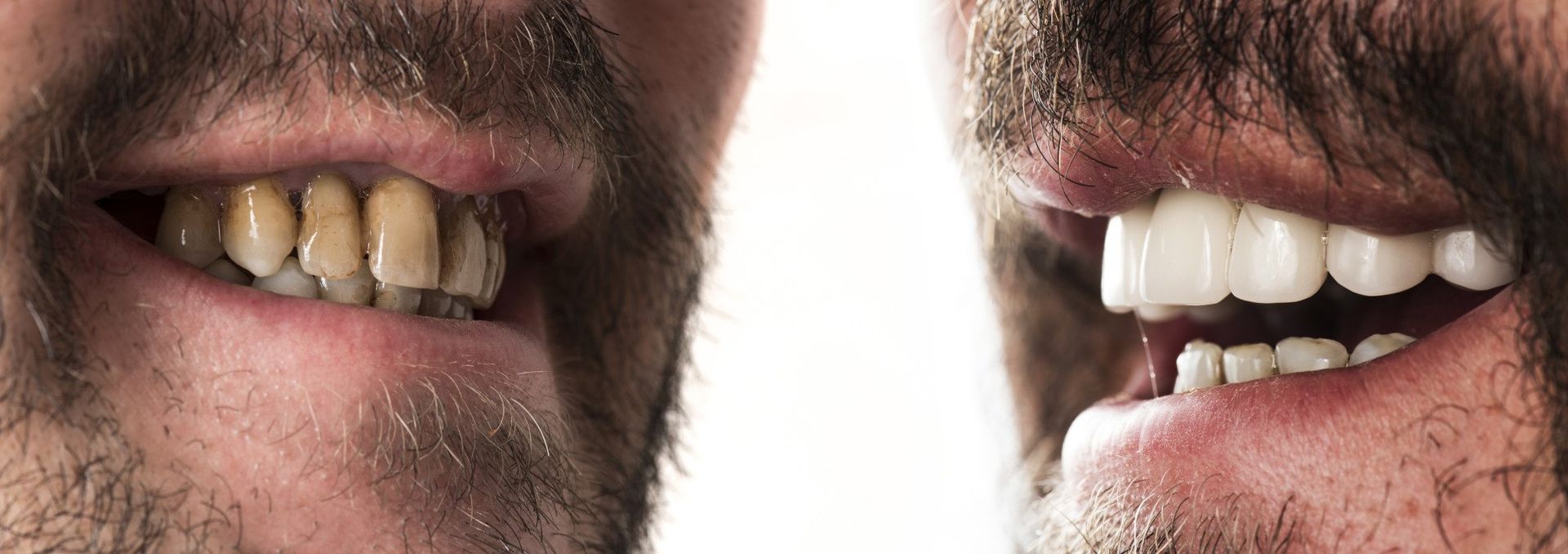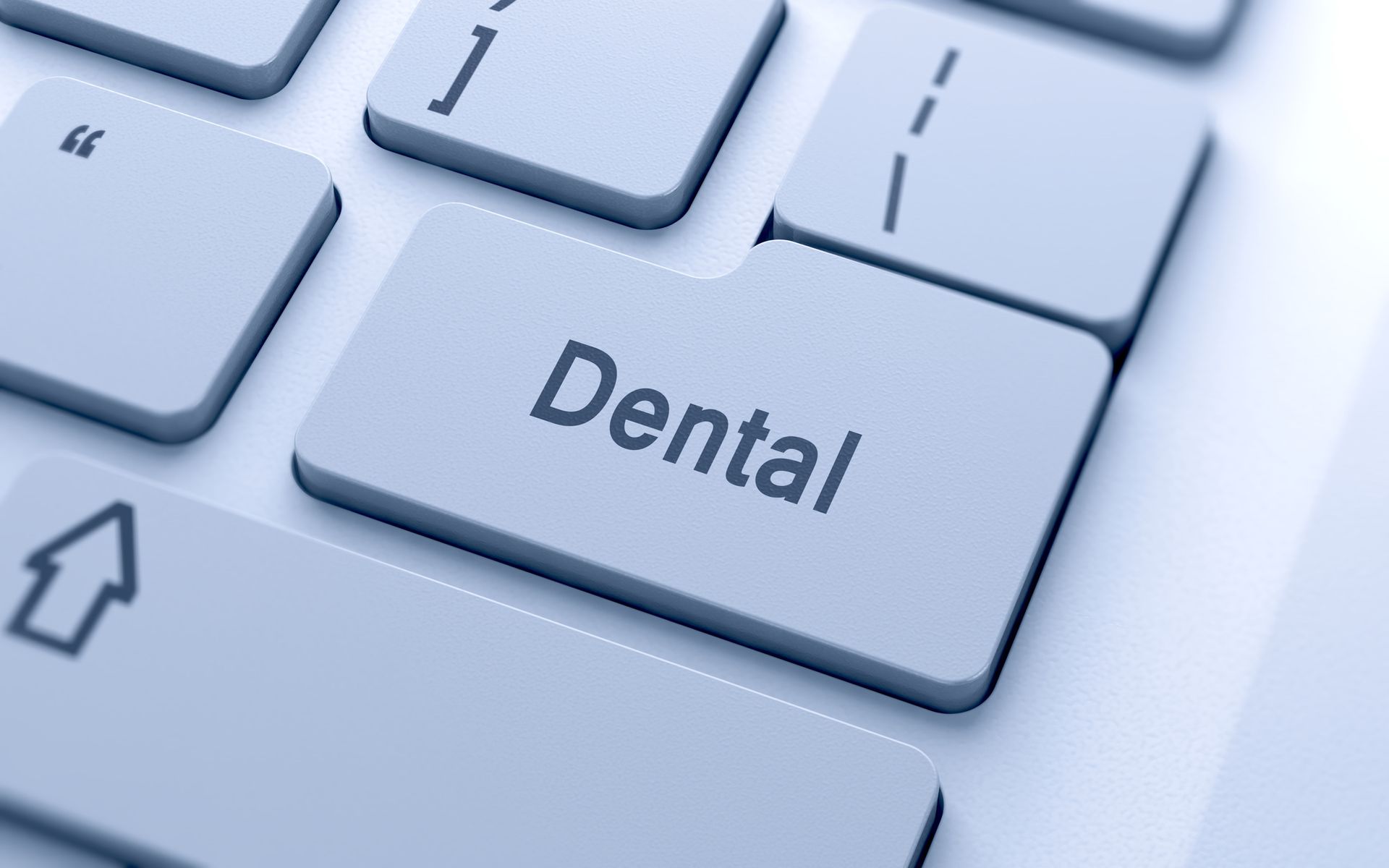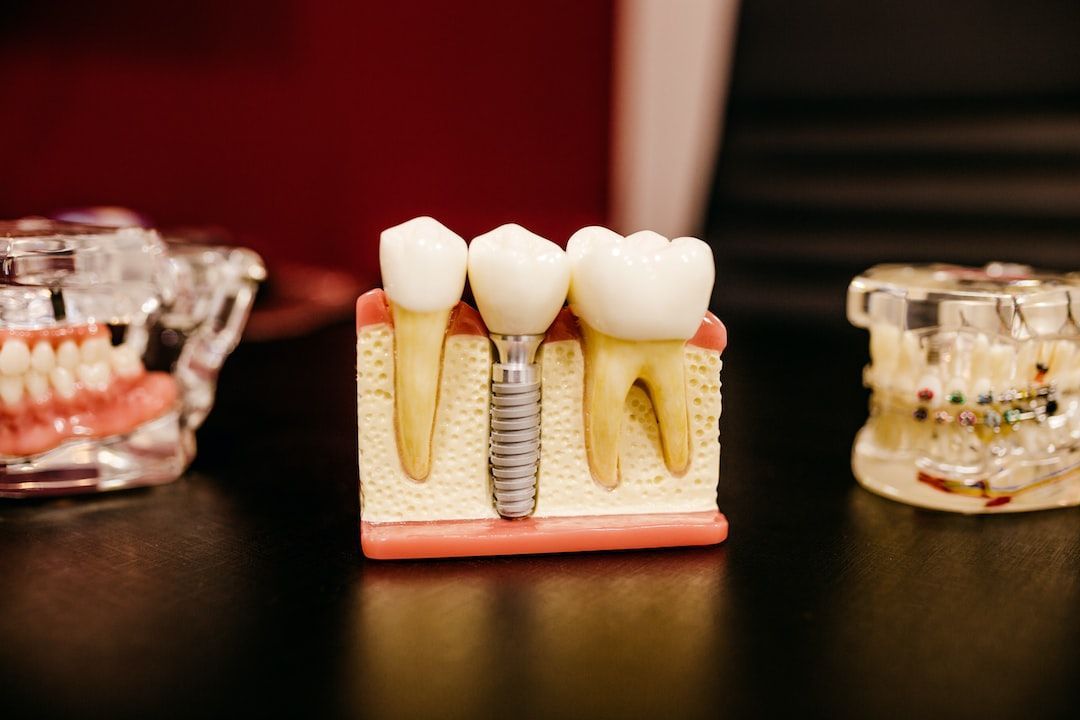West New York, NJ
(201) 865-5150
Teaneck, NJ
(201) 836-4400
Does a Crown Require a Root Canal?
Dental crowns are usually associated with root canal therapy. They are placed on a tooth after a root canal to add strength and stability. Each crown is designed to cover the treated tooth and match the existing teeth for a uniform appearance. However, you can have a dental crown placed on a tooth without undergoing a root canal procedure.
A dentist may use these tooth-like caps in West New York to restore damaged or broken teeth. They are also used to cosmetically modify teeth and protect weak, cracked, or decaying teeth. Read on for more on the root canal procedure involving crowns.
Explain the Root Canal Procedure
This procedure is quite simple when carried out by a root canal specialist. It involves the specialist accessing the tooth’s center to eliminate the infection. You can expect the steps below during the root canal procedure.
- The first step is to schedule an appointment with an experienced dentist in West New York. This dentist will take a series of x-rays and digital scans of your teeth and gums to help view the root canal shape. The 3-D images will also help determine signs of infection in the surrounding teeth, gums, and jaw bone.
- Your dentist will design a personalized treatment plan based on the cause and effects of the infection. The type of tooth to be treated, either back or front, also determines the treatment plan.
- The dentist will first use an anesthetic to numb the gums and tooth roots during the root canal procedure. It will ensure that you do not experience pain throughout the process. The dentist will also administer a sedative to relax you if you suffer from dental anxiety.
- The dentist will then expertly place a dental dam in the mouth. It covers the rest of the teeth and isolates the tooth to be treated. It ensures that the bacteria removed from the tooth pulp do not spread to the other teeth.
- The dentist expertly drills through the tooth to access the infected dental pulp. It is done carefully to access the pulp chamber without damaging the tooth structure. Small files are used to clean out and disinfect the root canals.
- The root canals are shaped and cleaned again by the endodontic specialist. It is carried out to prepare them for receiving the filling material.
- Your dentist will use a rubber-like material to fill the treated canals. It is placed inside the root canals, heated then compressed to fit nicely against the walls.
- The area is appropriately sealed using adhesive cement to keep bacteria from entering the tooth. If it is severely damaged and cannot support a dental crown, a post is placed in the canal to strengthen it. The dentist will set a temporary crown to protect the tooth.
- Finally, you will be given post-care instructions to ensure the area heals well. The dentist will prescribe antibiotics to rid the tooth of all infections. Medicine to relieve expected post-treatment discomfort is also specified.
- When the tooth heals, you will go for another visit to place a dental crown. It helps restore the health and functionality of the tooth.
Why Getting a Dental Crown after a Root Canal Is a Good Idea
- If a tooth is severely weakened and fragile, a crown restores it by covering and strengthening it.
- After the procedure, the remaining nerves may make the teeth sensitive to extremely hot or cold substances. A crown acts as a barrier between them and the tooth, thus preventing tooth sensitivity.
- The tooth’s color may change after a root canal due to the removed nerves and blood vessels. A crown that resembles the rest of the teeth helps the tooth retain its natural-looking color.
- A dental crown protects a tooth from further tooth pulp infections by shielding it from disease-causing bacteria.
Contact us at Complete Dental Works-West New York if you are looking for a root canal specialist near you. We provide comprehensive dental care with great experiences for the entire family.
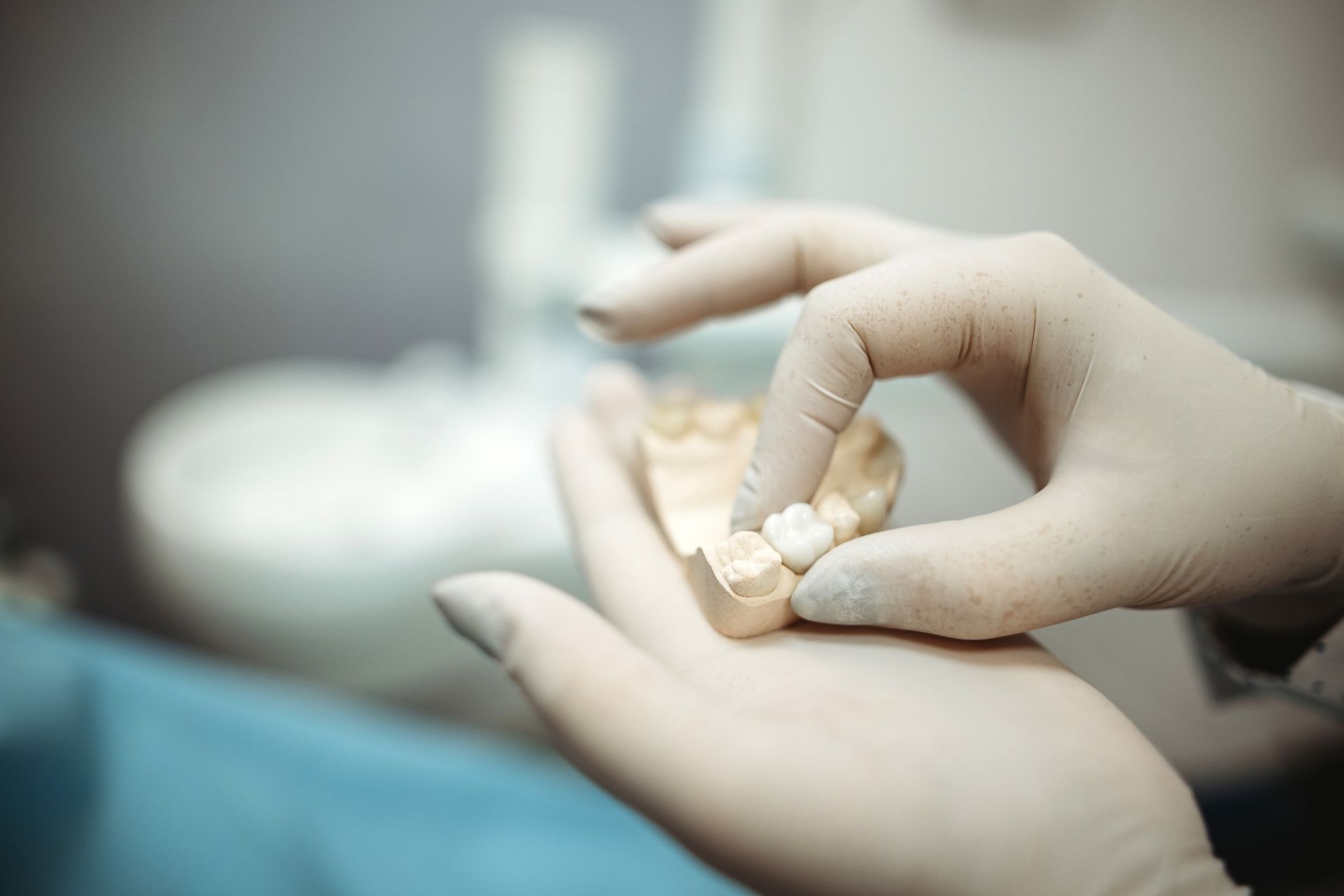
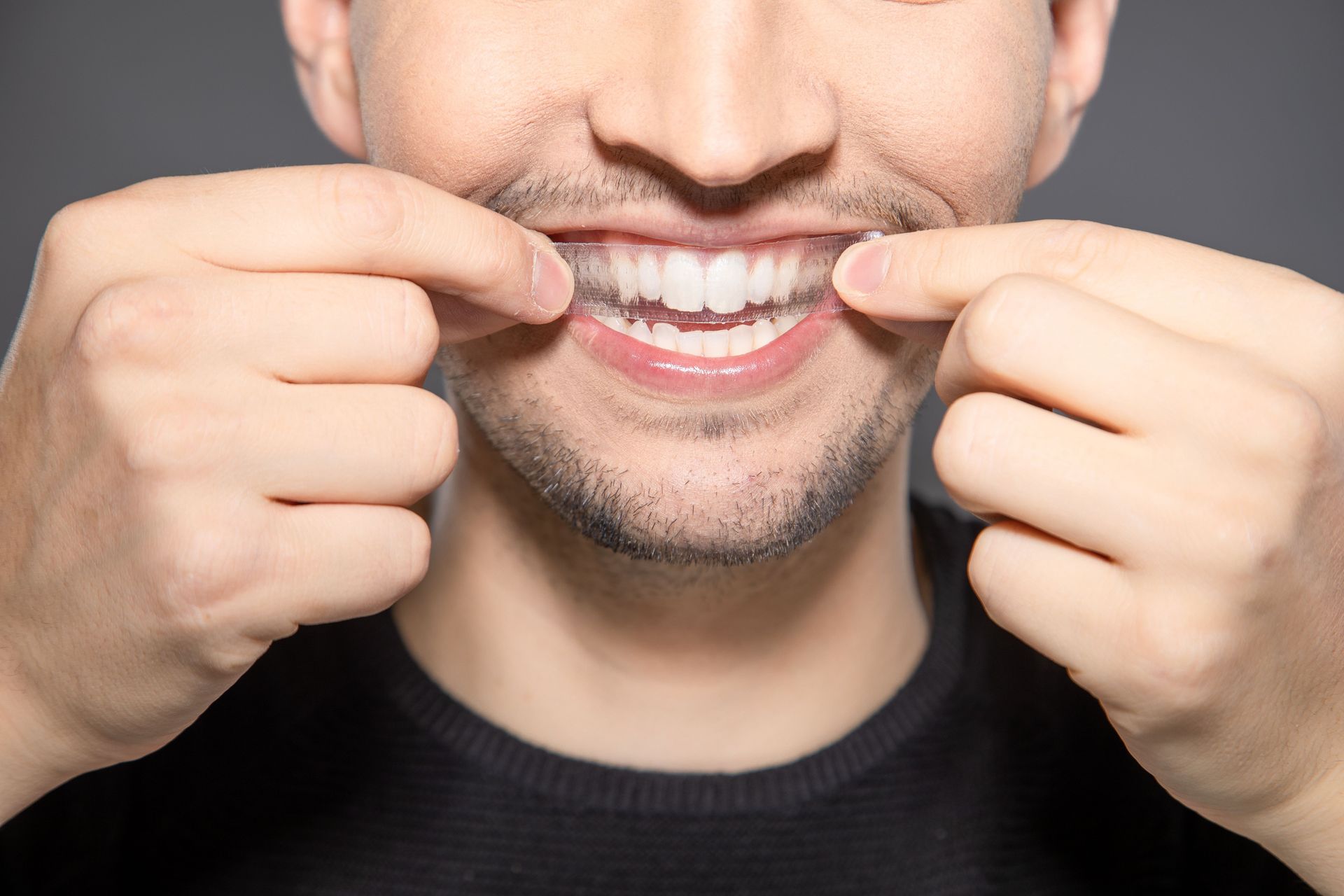
All Rights Reserved | Complete Dental Works
Website designed and maintained by Xpress, INC
201-468-6207



